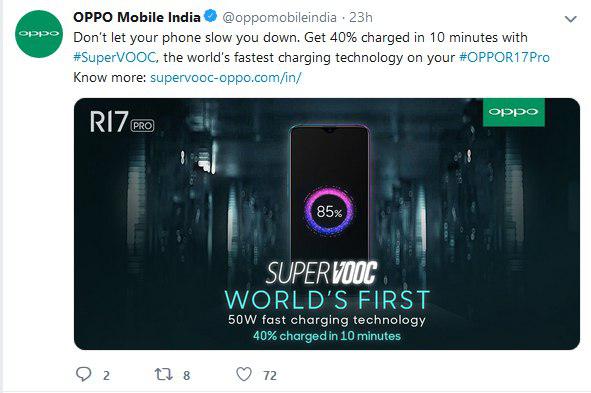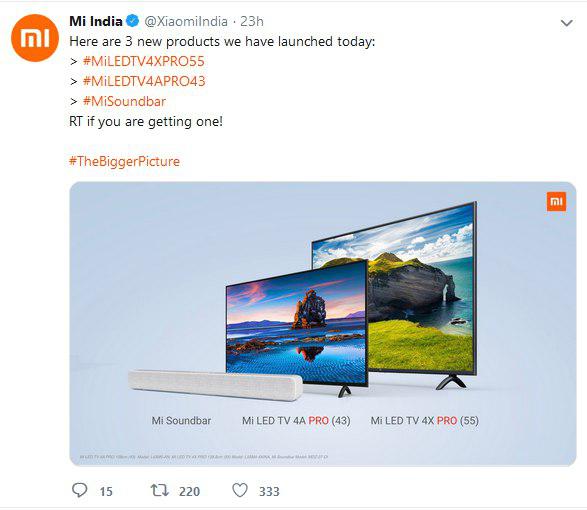Recently, Twitter released a list of top 10 brands that were most engagingon the micro-blogging platform in India. What’s conspicuous in the top charts is the fact that the first top 5 places are held by phone companies, which goes on to show the importance the social media plays for handset makers. In fact, many brands have achieved success through their social-first approach itself. So in this article, let’s take a closer look at this strategy and why other smartphone manufacturers also need to adopt it.
Which brands are doing it right?
Going back to the list we were referring about… the most engaging brand in India is Honor, which is quite interesting as it’s a sub-brand of Huawei and yet seems to have managed to evoke user’s interest. The second place is held by Samsung, which isn’t really a surprise, considering it’s a loyal fanbase. At the third and fourth spots sit OnePlus and Xiaomi, both of which are known for putting the community first and have fan events quite often. In fact, both these brands didn’t even advertise on traditional channels like TV and newspapers until recently, which suggest that social media played a key role in their success – considering OnePlus is India’s number one premium smartphone brand, while Xiaomi rules the roost in the overall smartphone market share. The fifth brand is quite interesting as it’s Motorola, which is legacy brand, yet it has made effective use of social media to reach out to new-gen consumers.
Which brands are missing out?
If you notice the list is missing some notable smartphone companies. Brands such as Nokia and OPPO are nowhere to be found. In fact, the latter not being there is quite odd considering OPPO has become one of the leading phonemakers in India thanks to its offline-focused strategy. However, with consumers increasingly coming online, even if they end up purchasing the devices from their neighbourhood stores suggest that the Chinese manufacturer is missing out on a lot of potential buyers.
How to effectively use social media to drive sales?
This is where things get interesting. Unlike traditional advertising, where the product’s USPs are highlighted so that the audience actually gets tempted to buy it, social media works in an opposite manner. Instead of highlighting the USPs of the products, the brands need to create a tight-knit community which likes to know more about the company they’re following on Facebook and Twitter. Not only this drives awareness, it also adds the trust factor. A look at the social media handles of brands like Samsung and Motorola will prove this point. It isn’t about the product as such but strikes an emotional chord with everyone. This stands true with all the other brands who have been able to script a success story on social media websites.
Nowadays all the top mobile players like Samsung, Vivo, OPPO, Xiaomi, OnePlus target millennials along with the people with spending power. These former categories tend to be more active on social platforms like Facebook, Instagram, Pinterest, etc. There’s no doubt that the brand’s social media content plays a pivotal role in building the brand’s perception among consumers. To attract the eyeballs of the consumers, it’s important to have engaging content because gone were those days when people used to buy online or offline by comparing specs and now how well a brand is connecting with the consumers on their social platforms also plays a deciding factor. You can very well compare the brand image by the social media strategy of OnePlus & Xiaomi in comparison to OPPO & Nokia. Let’s give you a sneak peek of what we’re trying to highlight with some sample pictures, embedded below.
But the question is will brands who’ve been doing it wrong understand this or not? Let us know what you think in the comments below.



